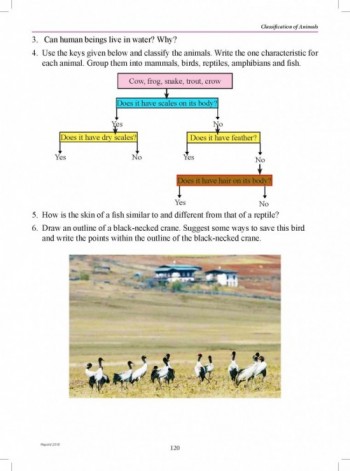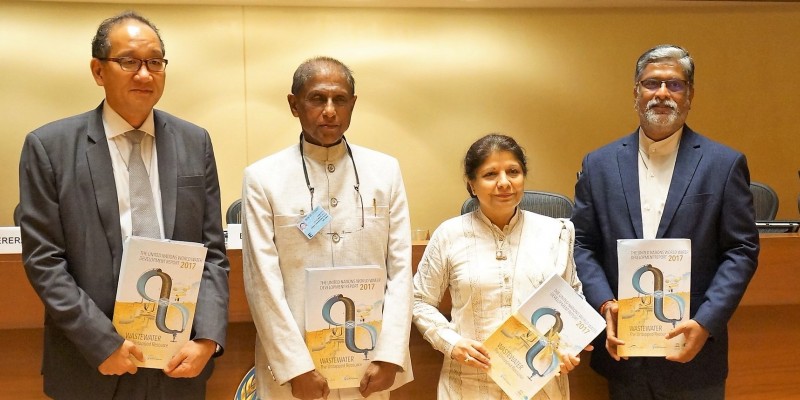Bhutan transforms assessment in science to competency-based assessment
Why Competency-based Assessment in Education in Bhutan?
The school curriculum has high stakes for the nation’s state of peace and prosperity, because the quality of curriculum has a direct impact on the quality of learning in schools. The curriculum per se is not a standalone entity, nor should it be equated just to textbooks, but rather it is the blueprint for the transaction of education in a formal setting (the school).
It is a means and ends of education, but must be supported by adequate support systems that provide relevant teaching and learning materials, continued professional development for teachers, and build an ambient teaching and learning environment. Among them, assessment forms the critical component of the quality of education, on the premise that, particularly in developing countries, teaching is dictated by how and what would be assessed from which performance reports are generated to inform the parents and stakeholders.
In many countries, it is a conventional practice to administer class tests, term tests, and annual examinations to evaluate the efficacy of the educational processes. But such tests do not necessarily measure objectively which teaching and learning materials are relevant, nor which teaching strategies suit the cohort of learners, and thus the competencies of learners are ignored. However, if education is to be of any relevance and importance to learners of this century, which demands a workforce with diverse skills and competencies, conventional assessment practices must migrate to competency-based assessment (CBA), so that learners are prepared to face globalized opportunities and challenges.
Through formal or informal settings, learners must inculcate diverse competencies such as social skills, communication, decision making, planning, manipulative skills, writing, speaking, research, problem solving, entrepreneurship, etc. Thus, the CBA must be used in all subjects so that assessment provides a holistic evaluation of learners.
The Royal Education Council (REC), as the professional apex body in curriculum matters and innovating research-based professional development programs and activities for teachers in Bhutan, has a critical role to play to institutionalize the CBA and train teachers to facilitate them to effectively use the CBA in their respective subjects.
‘Directed Activities Related to Texts (DARTs)’ as the tool for CBA
The reformed science curriculum, guided by a set of scientific goals and guiding principles proposes initially to balance the conventional assessment with the CBA. The CBA should then be weighted more in the subsequent revisions of the science curriculum. The Directed Activities Related to Texts (DARTs) are used as a tool to transform the traditional assessment to competency-based assessment.

CBA in Chapter 9: Classification of Animals, Class 6 Science, DCRD (2012)
DARTs are activities which extend opportunities to students to interact with text with an aim to improve students' reading, comprehension, and critical thinking and reasoning of problems in the learning activities. The DARTs consist of two groups of activities, namely, “reconstruction” activities and “analysis” activities. The reconstruction activities require students to reconstruct a text or diagram by filling in missing words, phrases or sentences, or by sequencing text that has been jumbled. Some examples include text or table completion, sequencing jumbled segments of text in a logical or time sequence, grouping segments of text according to categories, and diagram completion, prediction of the next step or stage of a text, or end of the text.
Analysis activities demand students to find and categorize information by marking or labeling a text or diagram. Some examples are text marking that have a particular meaning or contain particular information, text segmenting into meaningful chunks and labeling each chunk, table construction to tabulate information, diagram construction to explain the meaning of the text. Other examples could be drawing a flow chart for a text that explains a process (as shown in the figure), or a branch diagram for a text that describes how something is classified, questioning to answer or develop questions, and summarizing the text.
All these challenges demand acute observation, generalization, critical thinking and logical analysis of information in the problems in order to arrive at the correct response. Thus, the use of DARTs provides opportunities to engage actively in the assessment process.
Underscoring the novelty of the CBA, schools in Bhutan are embracing the change in assessment approach with concerted effort and pressure from the REC along with the Ministry of Education and the Bhutan Council for School Examinations and Assessment (BCSEA). The BCSEA, which is the apex professional body for assessment, in the recent years, ensures the use of CBA to gauge the performance of learners and the health of education in Bhutan through its annual high stake national level examinations and the periodic National Education Assessment (NEA). However, since this change demands mind set shift, teachers and principals need continuous support and scaffolding as assurance for sustainability of the CBA.
Written by:
Wangpo Tenzin (Curriculum Specialist), Dean, Curriculum Development Centre, REC
For more information, please contact:
Wangpo Tenzin [wtenzindcrd@yahoo.com]
Related links:
Royal Education Council (http://rec.gov.bt/en/)






